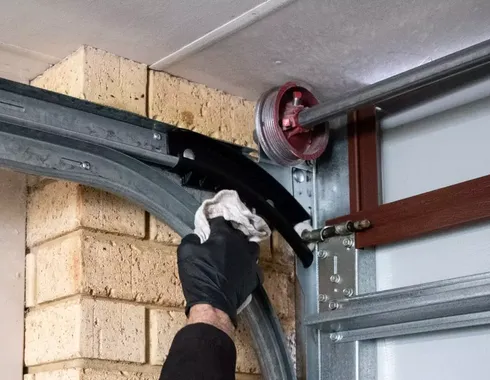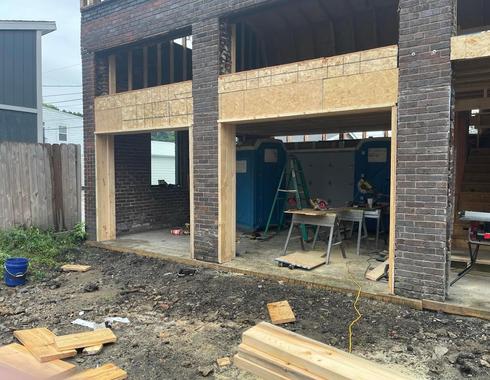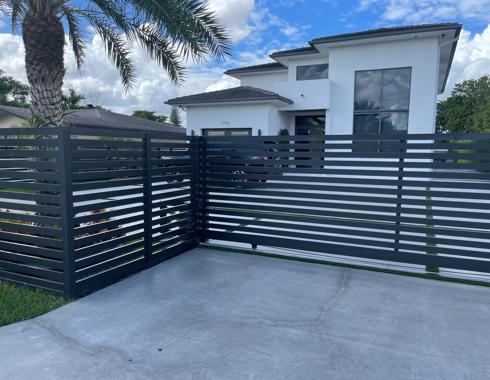# 1 Garage Door and Gate Repair in Santa Clara & BAY AREA
Expert garage door & gate repair in Santa Clara. opener repair, spring replacement. Same‑day service, free estimates, 24/7 emergency.
🚪 Garage Door Repair Experts with locations in Santa Clara, Hayward, San Francisco & Nearby Cities Coverage.
Welcome to Hale Garage Doors and Gates, your trusted local experts for garage door repair and installation in Santa Clara and all surrounding areas within a 60-mile radius — including San Jose, Sunnyvale, Mountain View, Cupertino, Milpitas, Fremont, Palo Alto, San Francisco and more .
- We specialize in:
– ⚙️ Garage door spring replacement**
– 🔧 Opener repair & installation**
– 🪝 Garage Door Cable repair
– 🚪 New garage door installation
– 🧰 Routine maintenance & tune-ups
– 🚨 Emergency garage door repair – 24/7 availability
Whether your garage door is stuck, noisy, off-track, or completely broken — our certified technicians are ready to help fast. We offer **same-day service**, honest pricing, and high-quality workmanship you can trust.
📞 Call us now for 24/7 emergency repairs or request your free quote today!
Some services we offer...



(Installations and Repair)
Why You Should Choose Us for Your Garage Door and Gate Repair in Santa Clara and bay area?
We have built a strong reputation as a leading local garage company dedicated to serving our customers’ best interests. We take great pride in providing a high-quality service that’s unique to us. Experience premium garage & gates services today!”
Experts in installation, opener repair, spring replacement & more. Call Now
Our team members have undergone comprehensive training and possess the expertise required to handle a wide range of garage door services efficiently and effectively.
Our commitment to having a fully trained staff ensures that you can trust us with any garage door-related project, whether it’s installation, repair, maintenance, or even consultation on choosing the right garage door for your specific needs. We take pride in the knowledge and skills of our personnel, which allows us to deliver high-quality and reliable solutions.
We take immense pride in delivering professional and immaculate garage door services that exceed your expectations. With years of experience in the industry, we have honed our skills and techniques to ensure that every project we undertake is executed with precision and cleanliness.
Our team of highly skilled technicians is dedicated to providing you with the highest level of service and craftsmanship.
We take pride in our proactive approach to avoiding damages during garage door services. Your property’s safety and integrity are of paramount importance to us, and we strive to leave your garage doors and the surrounding area in pristine condition. Our commitment to quality and care sets us apart as the preferred choice for garage door solutions in California. We Offer a Precision garage door repair
We believe that a warranty is not just a piece of paper but a symbol of our dedication to quality and customer satisfaction. Our warranties are a testament to the confidence we have in our services and our commitment to delivering excellence. When you choose us for your garage door needs, you’re not only getting top-notch service but also the assurance that we’ll be there to support you in the long run. Your trust in us is our greatest reward. Sample Our Work!
Schedule Your Appointment
Free Estimate, 100% Risk Free.
We will call to confirm your appointment date and time.

We proudly serve gates and garage door repair service in Santa Clara County and nearby cities across the Bay Area and Central Coast, including:
San Jose, Sunnyvale, Cupertino, Campbell, Mountain View, Los Altos, Los Altos Hills, Saratoga, Los Gatos, Palo Alto, Milpitas, Morgan Hill, Gilroy, Fremont, Newark, Union City, Menlo Park, East Palo Alto, Redwood City, San Carlos, Belmont, Foster City, Hayward, San Leandro, San Lorenzo, Dublin, Pleasanton, Livermore, San Ramon, Walnut Creek, Concord, Lafayette, Berkeley, Oakland, Emeryville, Albany, Richmond, Vallejo, American Canyon, Napa, Sonoma, Tracy, Watsonville, Santa Cruz, Aptos, Capitola, Salinas, Seaside, Marina, Pacific Grove, Monterey, Half Moon Bay, Boulder Creek, Scotts Valley, and all other surrounding areas within 60 miles of Santa Clara, CA in
EXCELLENTTrustindex verifies that the original source of the review is Google. Our garage door spring broke yesterday. Called Miguel in the morning. He came the same day, looked at the broken spring and suggested replacing both springs and the drums. He had all the parts in the truck, so we went ahead and replaced everything as recommended. Miguels was prompt, professional and courteous.Posted onTrustindex verifies that the original source of the review is Google. Miguel replaced the springs on my jumbo sized garage door 2 years ago and periodically maintains it. He is excellent with his work, available on quick notice, reasonably priced and does not cheat you or prod you into buying stuff you do not need. I have recommended him to a lot of my friendsPosted onTrustindex verifies that the original source of the review is Google. Excelente servicio, amables y profesionales. Busqué varias opciones y definitivamente la mejor opción son ellos.Posted onTrustindex verifies that the original source of the review is Google. Excelente servicio, amabilidad y proactividad 100%recomendadoPosted onTrustindex verifies that the original source of the review is Google. Best service ever!Posted onTrustindex verifies that the original source of the review is Google. Su trabajo impecablePosted onTrustindex verifies that the original source of the review is Google. Professional and expert



